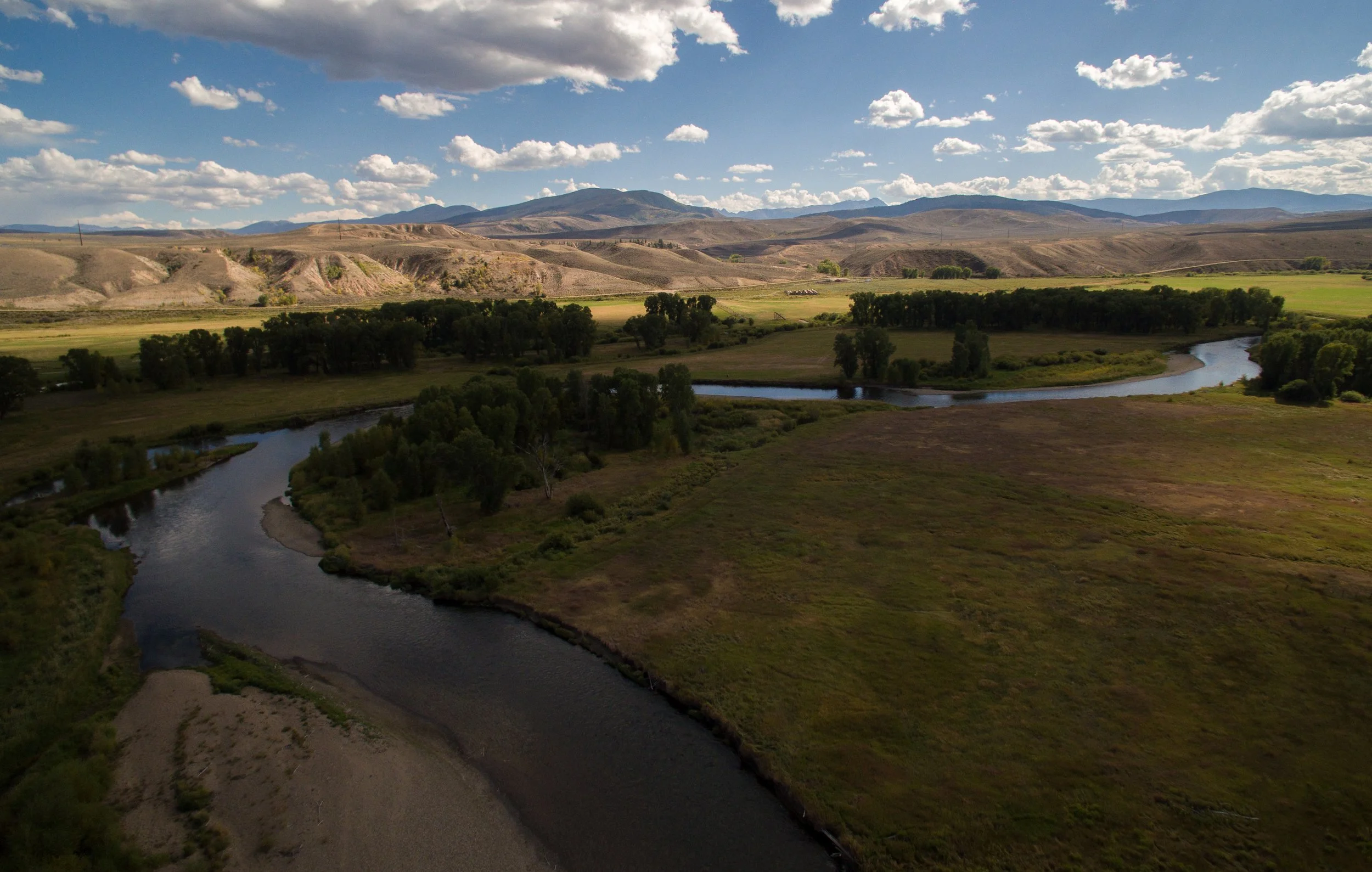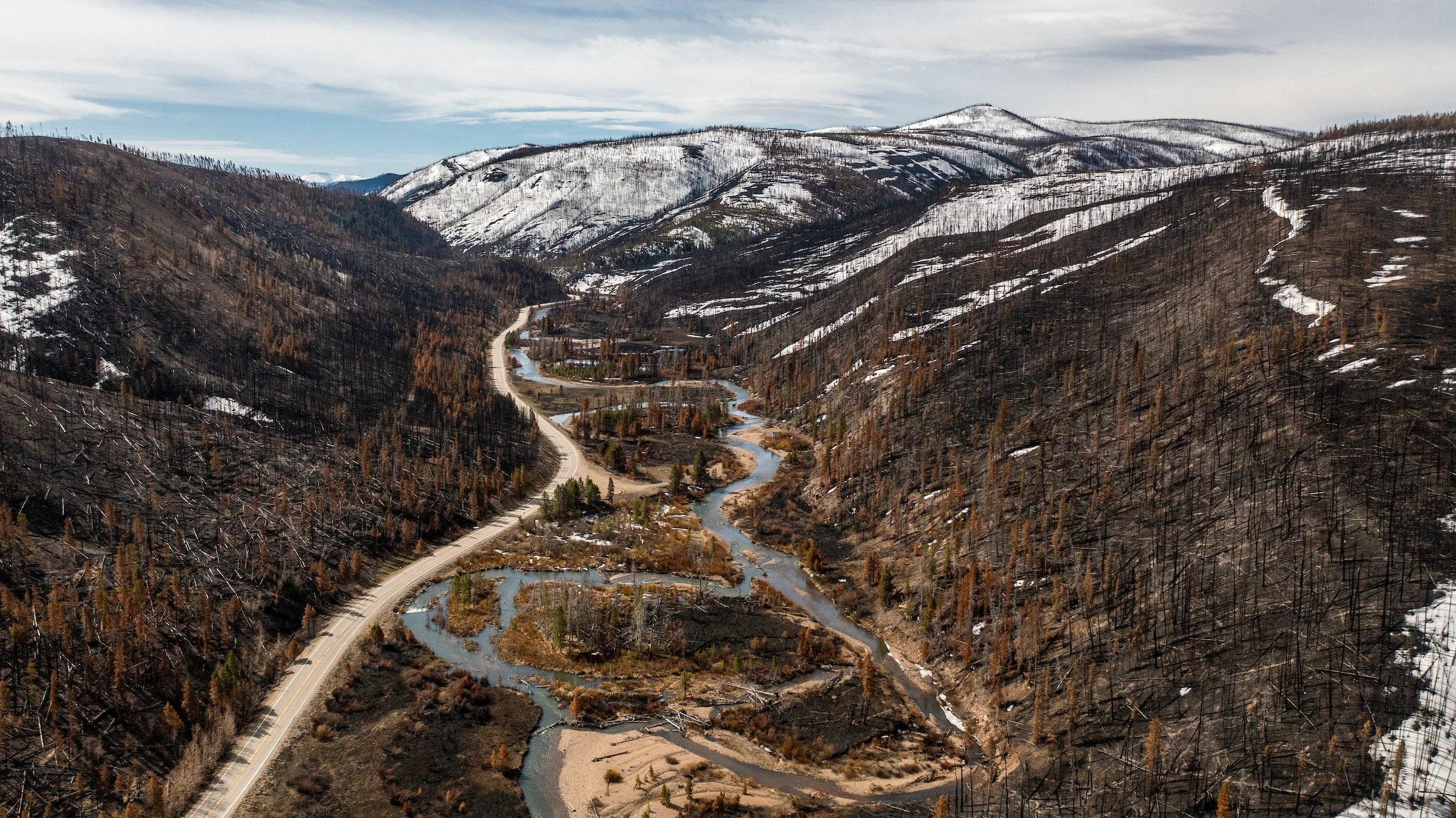Colorado’s Camp Hale area from tu.org
repost from TU.org by Kara Armano
February 2, 2021
Widely popular CORE Act would open miles of public fishing access and protect big game habitat
Washington, DC (February 2, 2021)—Several of the nation’s leading sporting conservation groups are proclaiming their support for the Colorado Outdoor Recreation and Economy (CORE) Act introduced in both chambers of Congress today by Sens. Michael Bennet and John Hickenlooper and Reps. Joe Neguse, Diana DeGette, Ed Perlmutter and Jason Crow.
Announcing their unified support for the legislation under the banner of “Hunters and Anglers for the CORE Act,” the coalition including Trout Unlimited, Backcountry Hunters & Anglers, Theodore Roosevelt Conservation Partnership, National Wildlife Federation and Artemis cheered the reintroduction of the comprehensive bill aiming to protect more than 400,000 acres of public lands and waters in Colorado, including significant protection for the fish and wildlife habitat most valued by the sporting community.
“Hunters and anglers in Colorado and throughout the nation recognize the importance of protecting the unique landscapes the CORE Act represents and the fish and wildlife that depend upon them,” said Scott Willoughby, Colorado public lands coordinator for Trout Unlimited’s Angler Conservation Program. “As we continue to see habitat deteriorate and public access to quality fishing and hunting areas decline, it has become painfully obvious that passing the provisions found in the CORE Act is long overdue. ‘Hunters and Anglers for CORE’ remain as committed to seeing this legislation across the finish line as we are to upholding our sporting traditions for future generations in Colorado.”
Initially introduced as the CORE Act of 2019 by Sen. Bennet and Rep. Neguse, the widely popular bill passed in the U.S. House twice with bipartisan support in the 116th Congress, most recently as part of the National Defense Authorization Act. Beyond a few House floor amendments, the bill remains largely unchanged in the 117th Congress, merging four previously independent bills into a single public lands protection package covering portions of the San Juan Mountains in southwest Colorado, the Curecanti National Recreation Area near Gunnison, the Thompson Divide southwest of Glenwood Springs and the Continental Divide surrounding the WWII alpine training grounds at Camp Hale. The proposed legislation would protect critical cold-water streams, enhance high-value habitat for several species of wildlife and increase public access for anglers in some of Colorado’s premier fisheries.
A recent Trout Unlimited analysis of fish and wildlife habitat protected in the bill’s framework found that the CORE Act safeguards some 2,416 miles of streams, 100 miles of native cutthroat trout stream habitat, 12 cutthroat trout lakes spanning 804 acres, nearly 7 miles of Gold Medal fishing water and an additional 88 miles of Gold Medal waters downstream of protected headwater landscapes. The bill would also open about 12 miles of public fishing access in the Gunnison River basin, protect hundreds of thousands of acres of critical elk and mule deer range and nearly 100,000 acres of important migration corridors at a time when both the State and Federal government have prioritized protecting animal migration routes.
“The CORE Act protects important wildlife habitat, including headwaters and migration corridors critical to the health of Colorado River cutthroat trout, elk, mule deer, rocky mountain bighorn sheep, desert bighorn sheep and many other species,” said Brien Webster, program manager for Colorado Backcountry Hunters & Anglers. “This bill has been years in the making through local stakeholder collaboration. Colorado Backcountry Hunters & Anglers remains committed to helping pass the CORE Act, securing needed protections for wildlife and habitat and expanded recreational access for sportsmen and women.”
Through the designation of some 73,000 acres of wilderness, nearly 80,000 acres of new recreation and conservation management areas and a 200,000-acre mineral withdrawal in the water- and wildlife-rich Thompson Divide area southwest of Glenwood Springs, the CORE Act safeguards backcountry fishing and hunting opportunities and preserves healthy fish and wildlife habitat by protecting key areas from activities that could otherwise degrade fish and wildlife values for native trout, elk, mule deer, bighorn sheep, moose, black bears and other game species.
The bill’s introduction also arrives shortly after President Joe Biden’s pledge to protect 30 percent of our country’s lands and waters by 2030, as part of a broader strategy to combat climate change. The threats posed by climate change, drought, wildfire and loss of fish and wildlife habitat elevate the importance of adopting the CORE Act as a solid down payment on the nation’s commitment to protecting our lands and waters—and the wildlife that depends on them—in an effort to meet these challenges.
“The CORE Act preserves prime hunting and fishing destinations across Colorado,” said Madeleine West, director of the Theodore Roosevelt Conservation Partnership’s Center for Public Lands. “This legislation is built with support from local communities, businesses, and recreation and sporting groups—a model for the way on the ground conservation should happen. We want to thank the Colorado delegation for listening to hunters and anglers and working to strengthen habitat for fish and wildlife for future generations.”
Colorado’s outdoor recreation industry employs over 500,000 people and is responsible for 10 percent of the state economy, a significant portion of which can be attributed to fishing and hunting. The legislation introduced in Congress today is a product of more than a decade of collaboration and compromise by small business owners, veterans, sportsmen and women, local county commissioners, municipalities, outdoor recreationists and conservation groups, and each of its four provisions have consistently polled favorably among local communities. “Hunters and Anglers for the CORE Act” applaud the collaborative efforts of Colorado’s congressional leaders and communities in crafting this thoroughly vetted legislation and reiterate our support for passing the CORE Act early in the legislative session.
Highlights of CORE Act habitat protection benefiting hunters and anglers:
Curecanti Boundary Establishment Act
Colorado’s Curecanti National Recreation Area
In addition to formally establishing the boundary of Curecanti National Recreation Area and improving coordination among land management agencies, the bill ensures the Bureau of Reclamation upholds its commitment to expand public fishing access in the basin, which was lost when the Aspinall Unit was created. The Bureau originally agreed to provide 26 miles of public fishing access in the Gunnison Basin, but has only accounted for about 14 miles to date.
Within Curecanti, 9,180-acre Blue Mesa Reservoir is the largest Kokanee salmon fishery in the U.S. and, along with neighboring Morrow Point Reservoir, has accounted for multiple state records for rainbow trout, mackinaw and kokanee, along with trophy brown trout. The Gunnison River, from 200 yards downstream of Crystal Dam and through Black Canyon of the Gunnison National Park to its confluence with the North Fork, is designated Gold Medal and Wild Trout Water, including 2.4 miles within Curecanti NRA. Formal boundary designation will also add a layer of protection for 2.2 miles of cutthroat trout stream and 775 acres of cutthroat lake habitat, 5,926 acres of mule deer migration corridor and 7,123 acres of elk migration corridor along with 50,323 acres of elk winter range.
Thompson Divide Withdrawal and Protection Act
Colorado’s Thompson Divide
With its bounty of fish and wildlife habitat, the Thompson Divide area remains critically important to sportsmen and women in Colorado and across the nation. The three main game management units that lie within its boundary are among the most desirable to elk and mule deer hunters in the state, and the largely roadless area serves as year-round habitat for those and other species. More than 34,000 acres within Thompson Divide double as elk migration corridors.
The area also contains several conservation populations of Colorado River cutthroat trout, considered critical to the recovery and maintenance of the species to its native range. Among the 1,550 miles of stream radiating in all directions off Thompson Divide, about 83 miles qualify as native cutthroat stream habitat along with nearly 12 acres of cutthroat lake habitat. The northern boundary of the withdrawal and protection area includes 4.4 miles of Gold Medal fishing water along the Roaring Fork River, and Thompson Divide’s headwater tributaries extend to additional high-quality fisheries in the North Fork of the Gunnison River, the Crystal River and the Colorado River, which sustain surrounding retailers, fishing guides and outfitters that help drive the local recreation economy.
Continental Divide Recreation, Wilderness and Camp Hale Legacy Act
Colorado’s Camp Hale area
The nearly 100,000 acres along the Continental Divide surrounding Camp Hale served as the genesis of Colorado’s robust outdoor recreation economy, not only through the legacy of skiers that that passed through the WWII alpine training grounds and returned to the region post-war, but also through word of the hunting and fishing opportunities the soldiers enjoyed. The landscape is rife with elk and mule deer habitat and migration corridors, including more than 10,000 acres of severe winter elk range that the animals depend upon for survival.
The 474 miles of stream within the bill’s boundaries serve as headwaters to Gore Creek and the Eagle, Blue and Colorado rivers, feeding clean, cold water into multiple Gold Medal fishing sections and supplying more than 11 miles of native cutthroat trout stream habitat along with half a dozen cutthroat trout lakes.
San Juan Mountains Wilderness Act
Colorado’s San Juan Mountains
Wilderness and special management area proposals in the San Juan Mountains of southwest Colorado would protect headwater tributaries of the Animas River among more than 325 stream miles that contain nearly 5 miles of cutthroat stream habitat. Four lakes spanning 6.6 acres within the proposed Sheep Mountain Special Management Area also hold the rare native trout. Roughly 50,000 terrestrial acres serve as summer range and calving areas that support mule deer and elk populations on public lands in the region, and a large elk winter concentration area is found in the Uncompahgre National Forest along the proposed 6,500-acre Naturita Canyon Mineral Withdrawal Area that includes cutthroat trout habitat within a tributary to the San Miguel River near Norwood.













